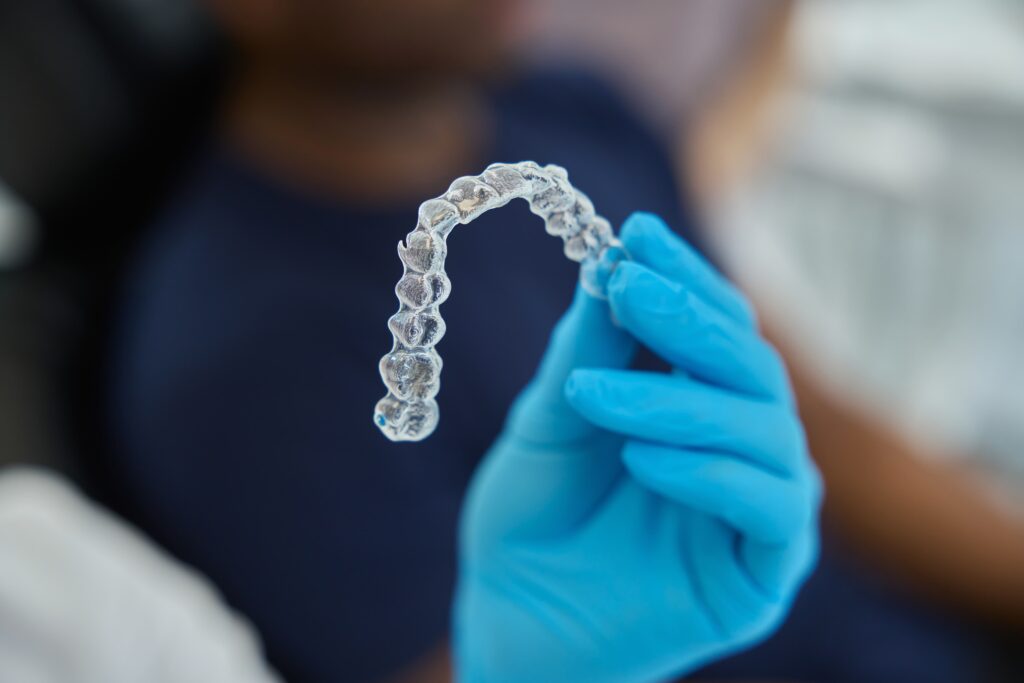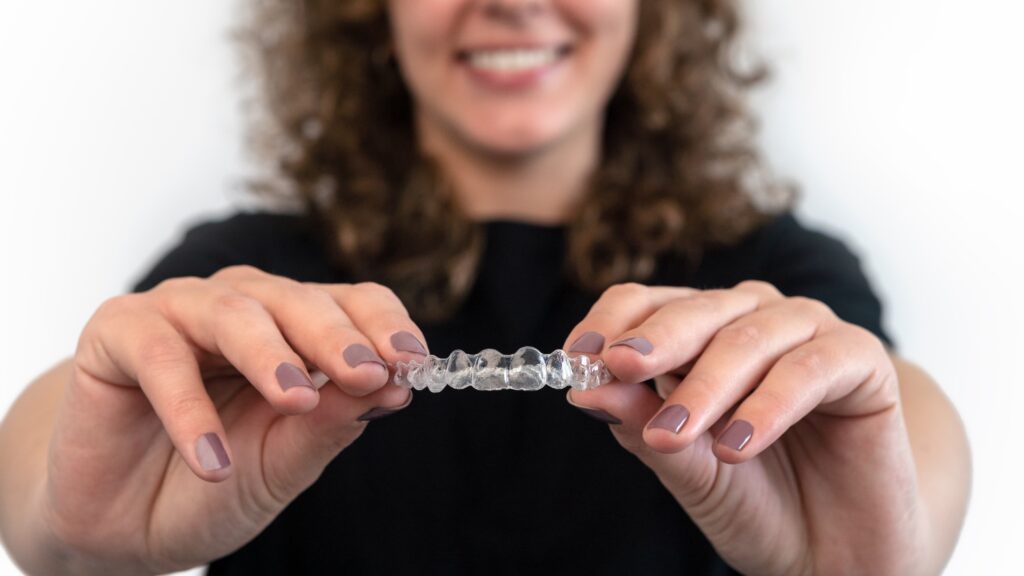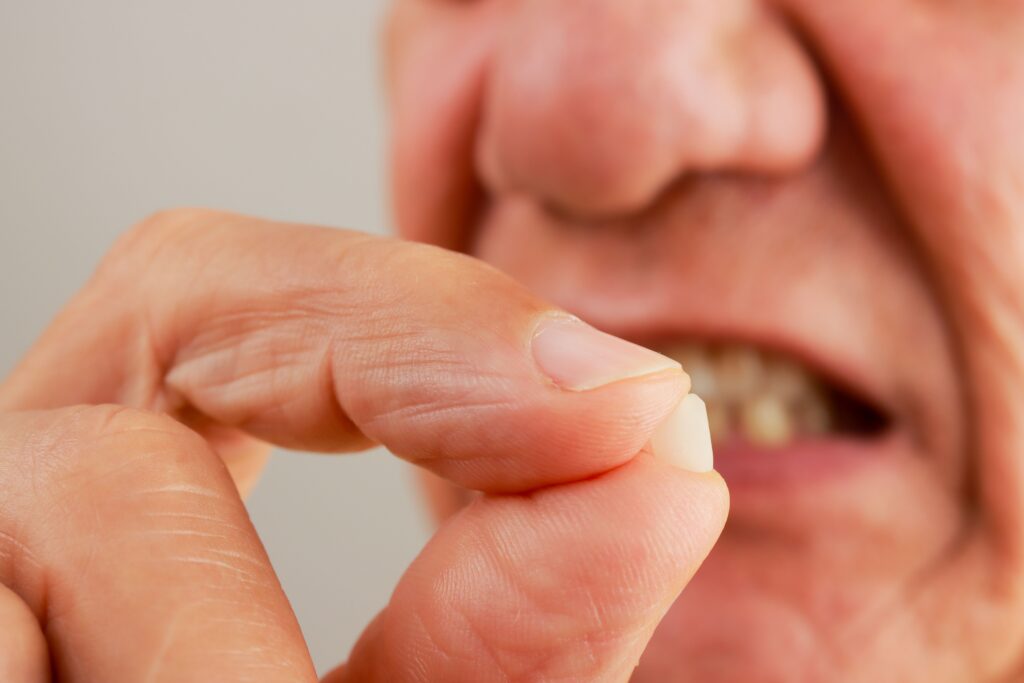Invisalign is a popular orthodontic treatment that uses clear, removable aligners to straighten teeth. Unlike traditional braces, Invisalign offers a discreet way to achieve a beautiful smile. But have you ever wondered how Invisalign moves your teeth and which ones shift first? Let’s explore this process in simple terms.

How Does Invisalign Move Teeth?
Invisalign aligners are custom-made to fit snugly over your teeth. They apply gentle, consistent pressure to guide your teeth into their desired positions. This movement happens through a natural process called bone remodeling:
- Pressure Application: The aligners press on your teeth, prompting them to move.
- Bone Response: The bone around the tooth adjusts, allowing the tooth to shift.
- New Position: Over time, your teeth settle into their new alignment.
For the best results, it’s essential to wear your aligners consistently, about 20 to 22 hours daily. Regular wear ensures continuous pressure, facilitating effective tooth movement.
In What Order Does Invisalign Move Teeth?
The sequence in which teeth move with Invisalign varies based on individual treatment plans. However, there are common patterns:
- Front Teeth (Incisors): These are often among the first to move. Aligning the front teeth early can significantly enhance your smile’s appearance.
- Canines (Pointed Teeth beside Incisors): These may also shift early in the process to help create a balanced smile.
- Premolars and Molars (Back Teeth): These teeth might move later in the treatment, especially if complex adjustments are needed.
It’s important to note that each person’s treatment is unique. Your orthodontist will develop a personalized plan detailing the specific order of tooth movements.
Which Teeth Are Hardest to Move with Invisalign?
While Invisalign is effective for many orthodontic issues, some teeth can be more challenging to move:
- Molars: These large back teeth have multiple roots and are anchored firmly, making them more resistant to movement.
- Teeth with Previous Dental Work: Teeth that have crowns or extensive fillings might require special considerations.
Your orthodontist will assess these factors and may use additional techniques, like attachments or rubber bands, to assist in moving these stubborn teeth.
What Are the Last Teeth to Move with Invisalign?
Typically, the final stages of Invisalign treatment focus on perfecting your bite and making minor adjustments:
- Molars: As mentioned, these back teeth often move later in the treatment due to their size and position.
- Fine-Tuning: Small tweaks to ensure all teeth are in optimal positions for function and aesthetics.
This phase ensures that your teeth not only look good but also function properly together.
When Does the Most Movement Happen with Invisalign?

The most noticeable movement often occurs during the initial stages of treatment:
- First Few Weeks: Aligners focus on straightening and aligning the front teeth, leading to visible changes early on.
- Subsequent Months: Adjustments become more subtle as the focus shifts to bite correction and fine-tuning.
Consistent aligner wear is crucial during this time to maintain progress and ensure effective treatment.
Tips for a Successful Invisalign Journey
To make the most of your Invisalign treatment, consider the following:
- Wear Your Aligners as Directed: Aim for 20 to 22 hours daily.
- Maintain Good Oral Hygiene: Brush and floss regularly to keep your teeth and aligners clean.
- Attend Regular Check-Ups: Regular visits allow your orthodontist to monitor progress and make necessary adjustments.
- Use Chewies: These small, chewable tools help seat your aligners properly on your teeth.
Remember, every smile is unique. Your treatment plan will be tailored to your specific needs, ensuring the best possible outcome.
In conclusion, Invisalign moves your teeth through a carefully planned sequence, starting with the most visible teeth and progressing to fine-tuning your bite. By following your orthodontist’s guidance and wearing your aligners consistently, you’ll be on your way to achieving a straighter, healthier smile.





